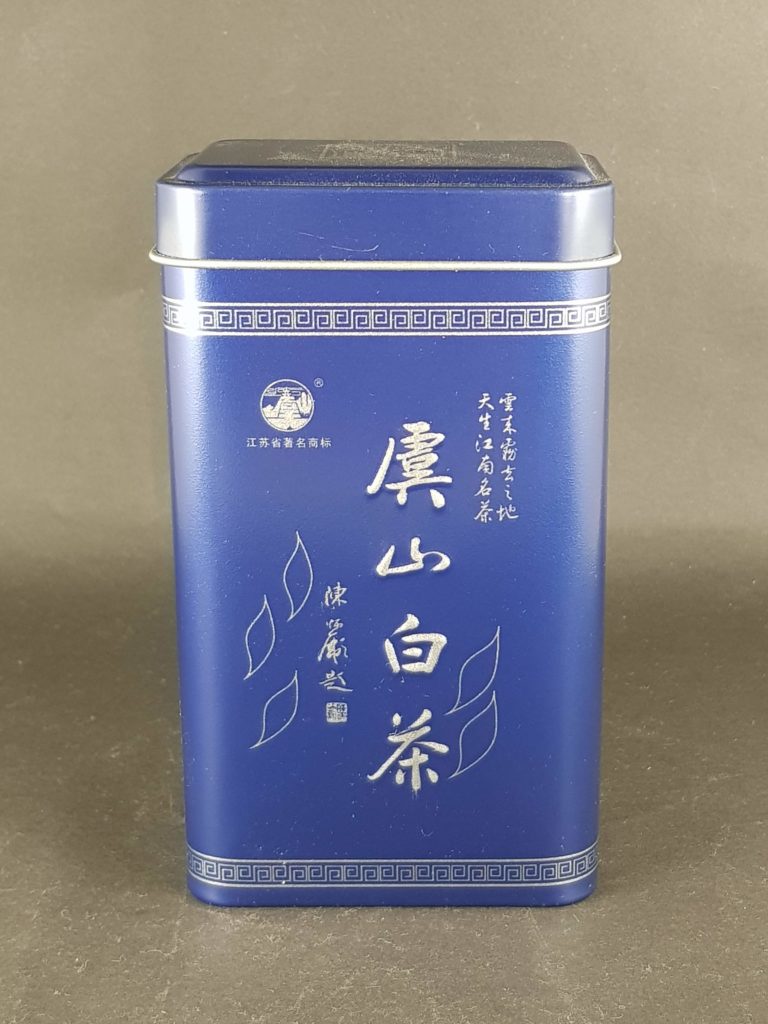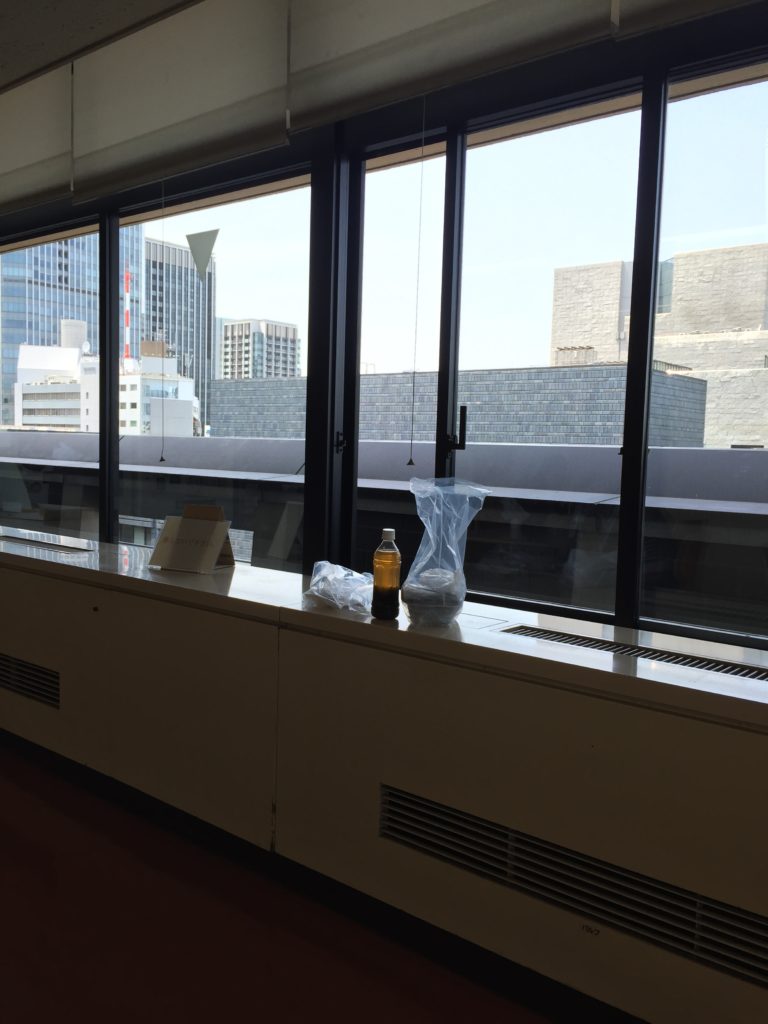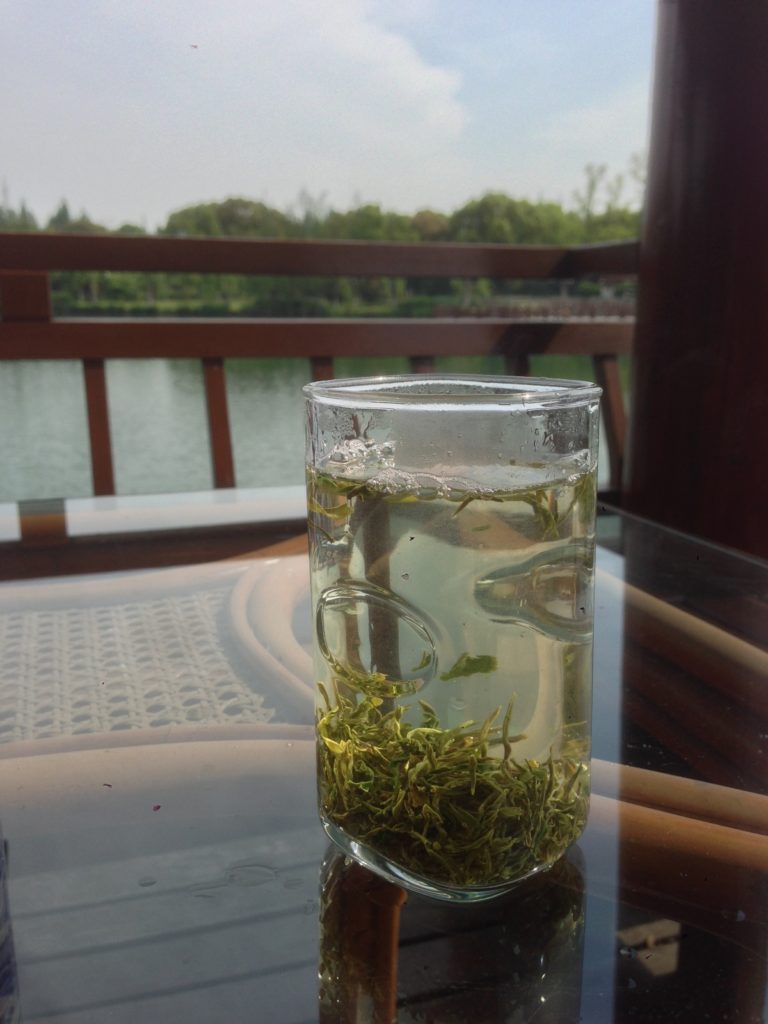I’ve never been to Hadong, Korea’s tea producing area. A couple months ago I got to go with a group of researchers as part of our collaborative research project, Making Modernity in East Asia. Our little sub-group specifically looks at food technologies and how tranformations of these basic elements of food production in the 19th and 20th centuries changed East Asia – as well as sharing commonalities through the borders of East Asian countries in traditional food-making techniques.
Tea of course is one of these elements. Going to Hadong was, well, interesting. The area is situated between Jeolla and Gyeongsangnam-do, where there were a fair number of Buddhist temples and a more mountainous area. Driving from Busan it’s a few hours, and once you arrive there you really see the sort of landscape that is typical of Korea – it’s hard to describe, but seeing the way the hills are silhouetted against the landscape, traditional Korean landscape paintings make more sense.
We visited a small local farm. The first thing interesting is that the trees are tiny – I’m used to seeing tea trees in places like Taiwan, Southern China, and Japan, and they’re all a lot bigger and taller. Perhaps this is a regional preference, but I also suspect it has to do with the climate – it’s a lot colder in Korea and plants would grow slower as a result. This is sort of like how lower elevation teas can produce more compared to higher elevation ones.

The really interesting thing about the farmer is that for his roller, he’s using Taiwanese machinery from a factory in Sanxia. Sanxia, of course, makes green tea. This makes perfect sense, really.

But the kill green is done on a wok custom made to order by the farmer

The wok is ceramic. It’s heavy, and it’s deep. You can smell a little of the tea residue while you’re near it. The farmer claims that he tried a few different shapes and settled on this one.
We, of course, had some tea. Korean green tea… well green teas in general are not really my thing. I started out drinking dragonwells back in the day but nowadays I almost never touch greens, mostly because it’s something that physically doesn’t agree with me all that well, and I also don’t find interesting. In Korea, when they brew greens, they do it in a style that is somewhat similar to Japanese brewing – low temperature, a few infusions, but the taste, because of its wok kill green process, is closer to Chinese style greens. The farmer may also have been brewing on the lighter side, but for someone like me it doesn’t hold a lot of interest.
The cardinal sin of Korean greens, though, is the cost. The teas are fine as they are – and if you’re interested in greens they can be pretty decent. However, the good stuff is quite expensive. On a per gram basis, Korean greens are really high priced, at least among all the ones I’ve encountered before. I think this is partly owing to the relative small scale of the farmers and the limited amount of production in the local area. There is also the typical preference for local tea, so they’re willing to pay more for domestically produced teas than others. What you end up having is teas that are too high priced for foreigners to consume, relatively speaking. There are, I believe, some larger scale farms that sell cheaper varieties, but those aren’t all that interesting either.
















Yeah whisky prices have been leaking too, as well as luxury watches. I wrote a post maybe a decade ago…